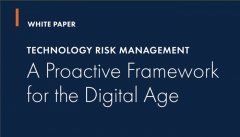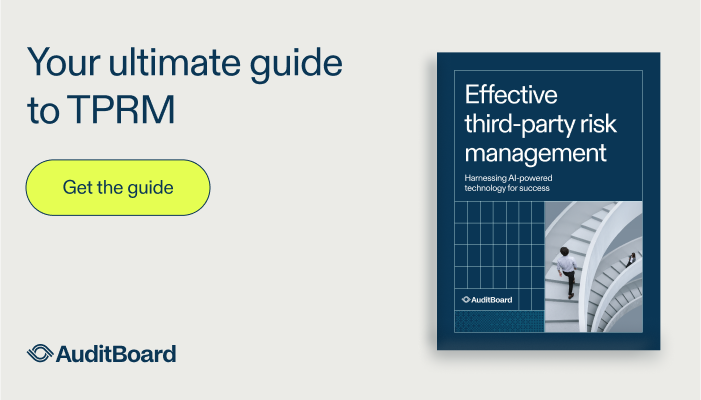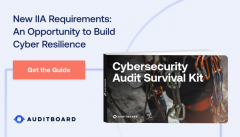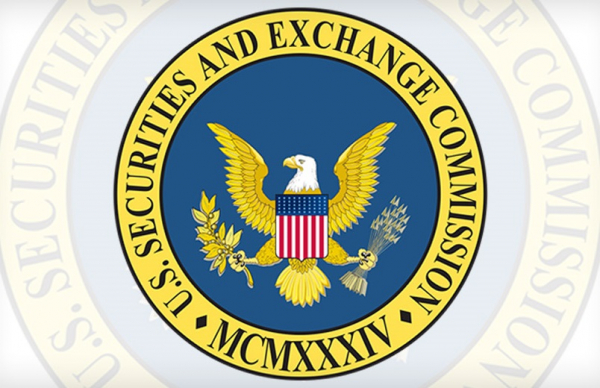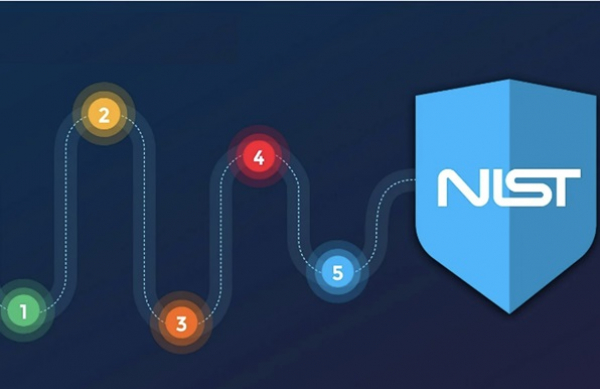Homepage Slideshow
https://executiveitforums.org/10841-a-proactive-framework-for-the-digital-age
Innovating 3rd Party Security Risk Management
Watch now on-demand!
Harnessing AI to Enhance TPRM
Watch Now On-Demand!
Best Practices to Combat Ransomware
Watch Now!
Enriching Third-Party Risk Processes with Targeted Risk Intelligence
Watch Now On-Demand!
Utilizing Security Ratings in TPRM
Watch now on-demand!
Latest News
- Ransomware Gang Threatens to Leak Lorain County Auditor’s Office Data Today
- Louis Vuitton Data Breach Exposes UK Customer Info Amid Rising Cybersecurity Concerns for LVMH
- Wise Fined $4.2M by U.S. States Over Anti-Money Laundering Failures
- Bank of England Fines Vocalink £11.9M Over Risk Management Failures
- Next Generation taps Sumsub for fraud protection and KYC compliance
- Visa using AI to combat AI-driven fraud in New Zealand
- UK Launches Unified Rulebook to Ease Fintech Regulation Burden
- NimDoor macOS Malware Targets Crypto Firms in Sophisticated North Korean Campaign
- When AI Thinks It’s Human: Vending Machine Agent Has Identity Crisis
- Surge in ClickFix and Emerging Threats Signal Shifting Cyberattack Landscape
- New SAP and Citrix Vulnerabilities Raise Data Security Concerns
- AT&T Reaches $177M Settlement Over Massive Data Breaches
- Aflac Cyberattack Highlights Growing Threat to U.S. Insurance Sector
- US cops bust cryptocurrency scam that used Facebook advertisements and scam websites
- Linux Kernel Vulnerability Added to CISA’s Exploited List Amid Ongoing Threats
- Keyloggers Found on Microsoft Exchange Servers Targeting Global Organizations
- FSB Chair Warns Crypto May Soon Pose Systemic Financial Risk
- Industry Groups Urge Cybersecurity Reforms After Major Regulator Data Breach
- AI Investments Deliver 136% ROI as Finance Teams Turn to Automation for Growth
- Non-Human Identities Surge in Enterprises, Sparking Security Alarms
On-Demand
-
 How to Stop Rubber-Stamping User Access Reviews within Regulated Applications
How to Stop Rubber-Stamping User Access Reviews within Regulated ApplicationsRecorded: July 10th | 2025 Watch
Most User Access Reviews (UARs), especially in SOX-scope applications and other regulated environments like SAP, Oracle, and Workday, are performed to meet compliance requirements — not because they drive meaningful security outcomes. They’re repetitive, rubber-stamped, and void of risk context.
-
 Incorporating Al into you GRC Program for Business Agility
Incorporating Al into you GRC Program for Business AgilityRecorded: June 26th | 2025 Watch
Managing governance, risk, and compliance (GRC) in a fast-paced world can feel like chasing a moving target, and AI might just be the edge you need to keep up.
-
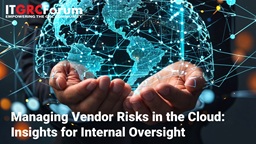 Managing Vendor Risks in the Cloud: Insights for Internal Oversight
Managing Vendor Risks in the Cloud: Insights for Internal OversightRecorded: June 4th | 2025 Watch
As cloud adoption accelerates, managing vendor risks is more crucial than ever. Join our panel discussion webinar with Paul McKay, Principal Analyst at Forrester, and subject matter experts as we explore strategies for overseeing vendor relationships in the cloud. This session will provide practical guidance and exclusive research to strengthen your approach.
-
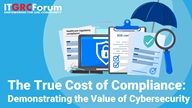 The True Cost of Compliance: Demonstrating the Value of Cybersecurity
The True Cost of Compliance: Demonstrating the Value of CybersecurityRecorded: June 18th | 2025 Watch
Cybersecurity compliance often feels like an expensive obligation, draining time, budgets, and resources - but what if it could be a catalyst for value instead?
-
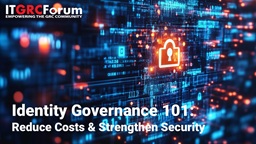 Identity Governance 101: Reduce Costs & Strengthen Security
Identity Governance 101: Reduce Costs & Strengthen SecurityRecorded: May 14th | 2025 Watch
Managing identity governance effectively is a critical challenge for organizations balancing cybersecurity, regulatory, and operational needs with budget constraints. Traditional identity governance and administration (IGA) projects often face high costs, lengthy deployment timelines, and complex integrations, making it difficult to achieve security and compliance objectives efficiently.
-
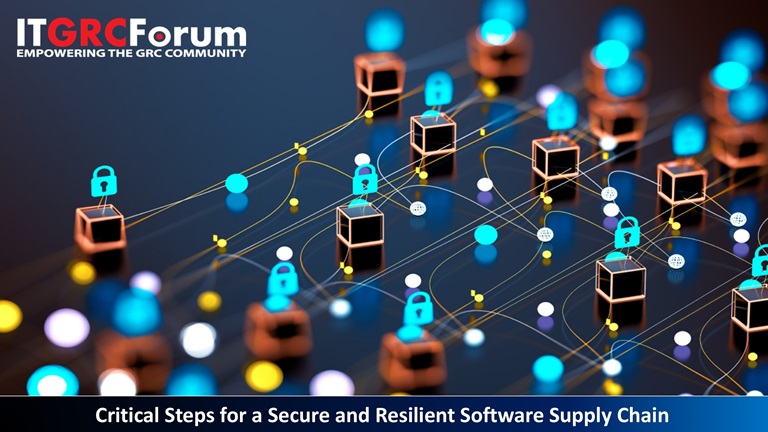 Critical Steps for a Secure and Resilient Software Supply Chain
Critical Steps for a Secure and Resilient Software Supply ChainRecorded: April 24th | 2025 Watch
Securing the software supply chain has become a mission-critical priority for organizations across industries. With increasing cyber threats targeting risks and threats in software development and delivery, businesses must adopt proactive strategies to safeguard their operations, ensure compliance, and maintain customer trust. Join us for an insightful webinar featuring Janet Worthington, a renowned Forrester analyst with extensive expertise in cybersecurity and software supply chain resilience.
-
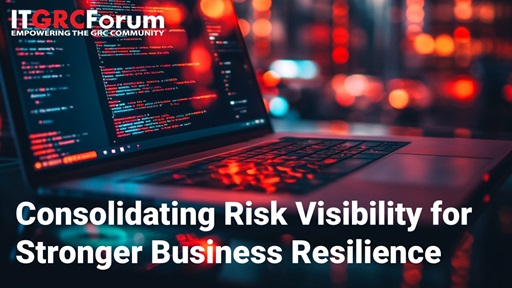 Consolidating Risk Visibility to Build Business Efficiency & Resilience
Consolidating Risk Visibility to Build Business Efficiency & ResilienceRecorded: March 27th | 2025 Watch
Today’s interconnected organizations face a rapidly evolving risk landscape where enterprise, cyber, operational, and third-party risks are increasingly intertwined. The growing reliance on critical IT systems, both internally managed and outsourced to third and fourth parties, has expanded the attack surface, leaving firms vulnerable to cyber incidents, downtime, and operational disruptions.
-
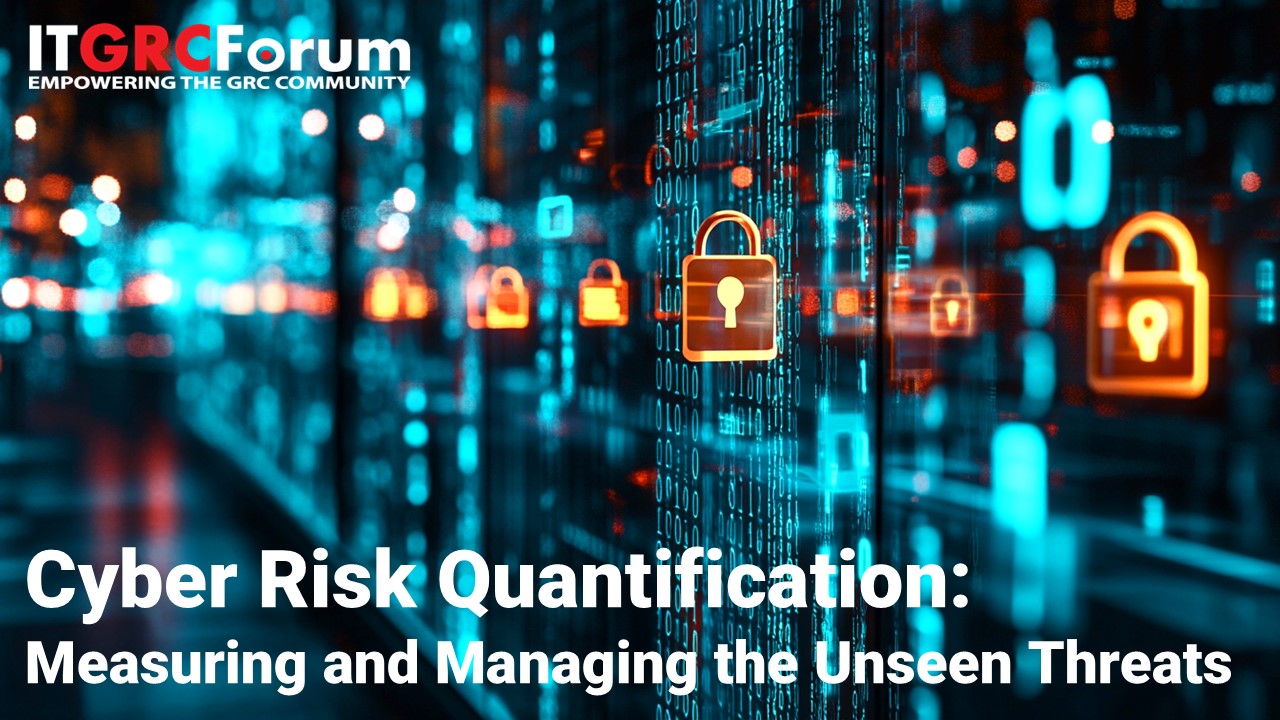 Cyber Risk Quantification: Measuring and Managing the Unseen Threats
Cyber Risk Quantification: Measuring and Managing the Unseen ThreatsRecorded: March 12th | 2025 Watch
As cyber threats continue to grow in complexity, organizations are more vulnerable to significant risks. Yet, many struggle to measure and manage these unseen dangers effectively.
-
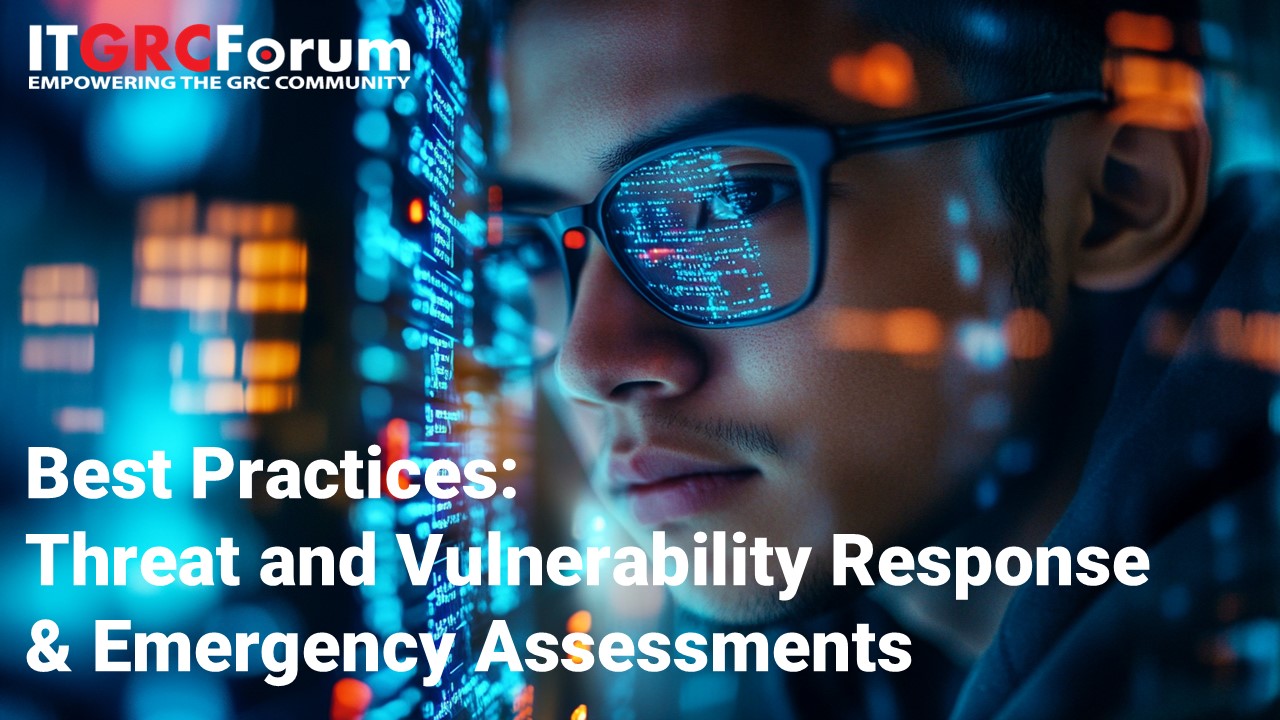 Best Practices for Threat and Vulnerability Response & Emergency Assessments
Best Practices for Threat and Vulnerability Response & Emergency AssessmentsRecorded: February 27th | 2025 Watch
It's not getting any easier. Every time we turn around there seems to be another attack or threat that demands our attention. While each event is unique, they all result in third-party risk management teams scrambling to ensure their organizations are protected. Rapid responses and emergency assessments can be knee-jerk, stressful and distracting. It doesn't have to be that way.
-
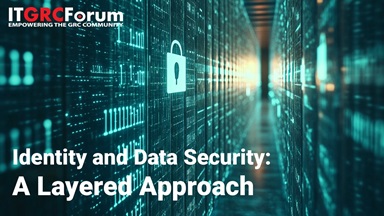 Identity and Data Security: A Layered Approach
Identity and Data Security: A Layered ApproachRecorded: February 12th | 2025 Watch
In a world surrounded by data, the interplay between identity management and data security has become paramount. This webinar will explore the concept of a layered approach to identity and data security, emphasizing its critical role in safeguarding sensitive information. We will examine how multiple layers - ranging from authentication to advanced identity lifecycle - work in tandem to create a robust security framework.
-
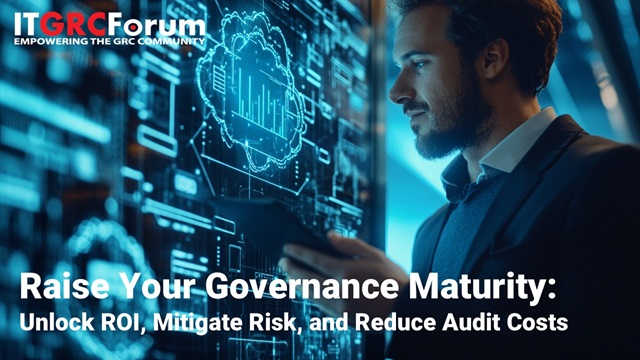 Raise Your Governance Maturity: Unlock ROI, Mitigate Risk, and Reduce Audit Costs
Raise Your Governance Maturity: Unlock ROI, Mitigate Risk, and Reduce Audit CostsRecorded: January 15th | 2025 Watch
In the rapidly evolving digital landscape, the journey from Identity and Access Management (IAM) to a fully matured Identity and Access Governance solution is no longer a luxury - it’s a necessity.
-
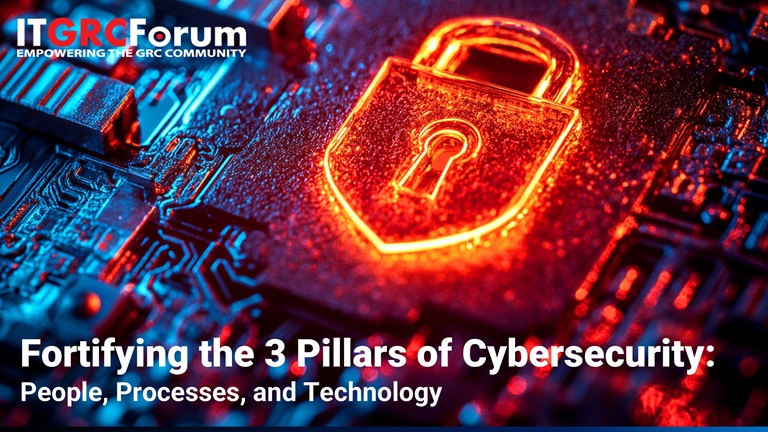 Fortifying the 3 Pillars of Cybersecurity: People, Processes, and Technology
Fortifying the 3 Pillars of Cybersecurity: People, Processes, and TechnologyRecorded: December 4th | 2024 Watch
As cyber threats evolve, organizations must strengthen their defenses with a balanced cybersecurity approach, integrating people, processes, and technology. Yet, finding this balance is often challenging. Some focus on tech investments but lack the skilled personnel, while others have strong teams but lack strategic processes or advanced technology.


